The U.S. semiconductor industry is undergoing a seismic shift as it accelerates efforts to decouple from Chinese supply chains and restrict the flow of critical technologies. This strategic realignment, driven by national security concerns and geopolitical tensions, is reshaping global semiconductor production networks. Companies are scrambling to comply with sweeping export controls while navigating the economic fallout of severing long-standing partnerships.
At the heart of this transformation lies Washington's determination to maintain technological supremacy over Beijing. The Biden administration has implemented increasingly stringent measures to prevent China from acquiring advanced chipmaking capabilities, particularly in areas like artificial intelligence and military applications. These restrictions extend beyond hardware to include software, manufacturing equipment, and even human expertise—creating unprecedented challenges for multinational corporations operating in both markets.
Supply chain restructuring has become the industry's most pressing challenge as firms reevaluate decades of manufacturing globalization. Major players like Intel and Micron are investing billions in new fabrication plants on American soil, while simultaneously auditing their supplier networks for Chinese connections. The complexity becomes apparent when considering that many specialty chemicals, rare earth metals, and intermediate components still originate from Chinese sources—creating logistical nightmares for compliance teams.
The human capital dimension of this decoupling often goes underreported. Semiconductor firms are quietly implementing "clean room" personnel policies where engineers working on sensitive technologies must demonstrate no current or former affiliations with Chinese institutions. This has led to painful staffing decisions and created a brain drain effect as Chinese-born technologists face increasing scrutiny regardless of their immigration status or political leanings.
Equipment manufacturers like Applied Materials and Lam Research find themselves in particularly difficult positions. Their sophisticated machinery contains thousands of components sourced globally, making it nearly impossible to create "China-free" production lines overnight. The industry has responded by developing new certification protocols and supply chain mapping technologies, but progress remains slow and costly—with price tags ultimately passed along to consumers.
Beijing's reaction to these measures has been characteristically multifaceted. While publicly condemning American "technology bullying," Chinese firms are accelerating indigenous innovation programs with massive state funding. Domestic chipmakers like SMIC and Hua Hong Semiconductor have made surprising breakthroughs in mature node technologies, though they still lag significantly in cutting-edge processes below 7 nanometers.
The ripple effects extend far beyond semiconductor fabs. Automotive manufacturers, consumer electronics brands, and industrial equipment producers are all experiencing component shortages and price volatility as the supply chain bifurcation accelerates. Some industry analysts predict the emergence of parallel technological ecosystems—one serving Western markets and another catering to China and its allies—with potentially far-reaching consequences for global interoperability standards.
Legal departments across the industry are expanding rapidly to handle the growing thicket of export control regulations. What began as straightforward restrictions on specific technologies has evolved into a complex web of end-user verification requirements, licensing procedures, and "know-your-customer" protocols. Many smaller design firms without dedicated compliance teams are simply exiting the Chinese market rather than risking catastrophic penalties.
Investment patterns tell perhaps the most revealing story. Venture capital flowing into Chinese semiconductor startups has plummeted as Western investors fear running afoul of U.S. restrictions. Meanwhile, American and European chip firms are redirecting R&D budgets toward "friend-shoring" initiatives in countries like India, Vietnam, and Mexico—locations perceived as more geopolitically stable for long-term investments.
The testing and packaging segment—long considered the less glamorous back end of chip manufacturing—has suddenly gained strategic importance. With advanced packaging now recognized as a critical differentiator in chip performance, U.S. firms are racing to onshore these capabilities after decades of reliance on Chinese facilities. New federal incentives are spurring construction of state-of-the-art packaging plants in Arizona and Texas.
Industry veterans warn that the current trajectory could lead to dangerous inefficiencies. The semiconductor sector thrived for decades on globally distributed specialization, with different regions focusing on specific aspects of design, materials, fabrication, or testing. Recreating complete vertical ecosystems within national borders—or even within allied blocs—may dramatically increase costs and slow innovation cycles across the board.
As the technological cold war intensifies, some voices advocate for maintaining limited channels of academic and industrial collaboration in foundational research areas. They argue that complete decoupling could backfire by eliminating valuable feedback loops and accelerating China's self-sufficiency efforts. However, such nuanced approaches face growing political headwinds in Washington, where bipartisan consensus favors increasingly aggressive containment measures.
The coming years will test whether the global semiconductor industry can navigate this unprecedented reorganization without fracturing into competing technological blocs. What began as targeted national security measures now threatens to redefine the fundamental architecture of technological globalization—with consequences that will ripple through every sector of the world economy for decades to come.

By Sophia Lewis/Apr 5, 2025

By Jessica Lee/Apr 5, 2025

By Emily Johnson/Apr 5, 2025
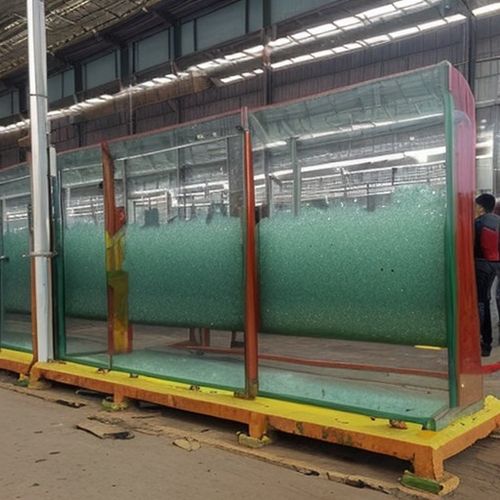
By Sophia Lewis/Apr 5, 2025
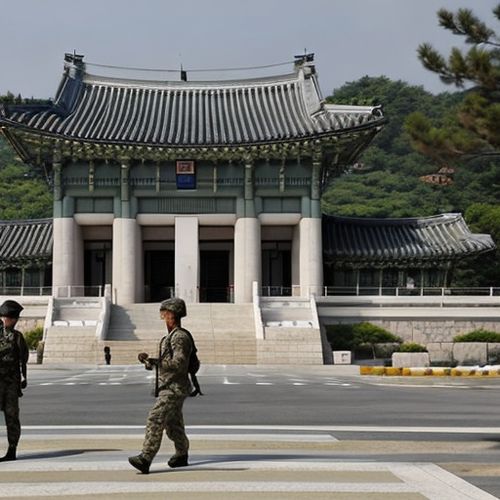
By George Bailey/Apr 5, 2025

By Amanda Phillips/Apr 5, 2025

By Emily Johnson/Apr 5, 2025

By Natalie Campbell/Apr 5, 2025

By Sarah Davis/Apr 5, 2025

By Laura Wilson/Apr 5, 2025

By Samuel Cooper/Apr 5, 2025
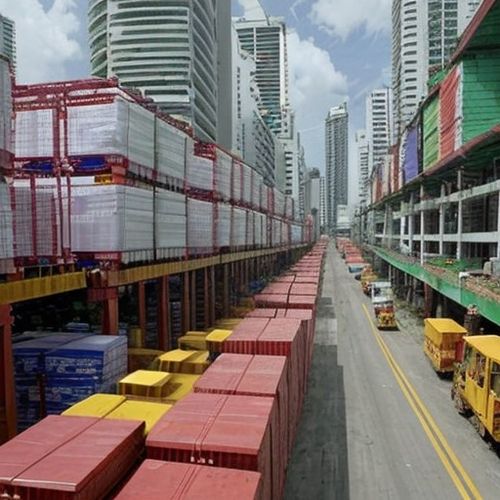
By James Moore/Apr 5, 2025

By Noah Bell/Apr 5, 2025
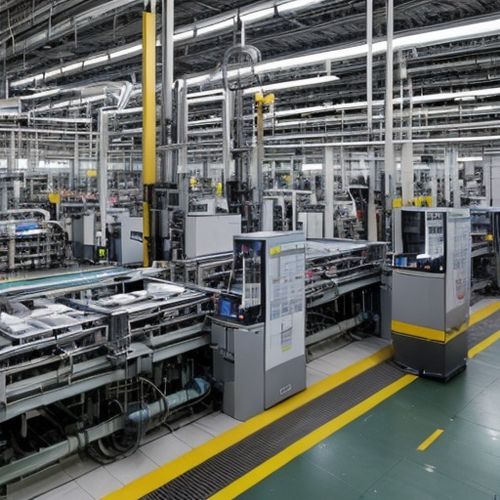
By Sarah Davis/Apr 5, 2025
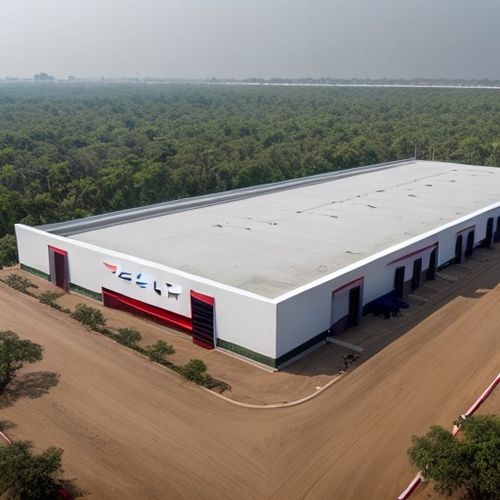
By Ryan Martin/Apr 5, 2025

By Christopher Harris/Apr 5, 2025

By Noah Bell/Apr 5, 2025

By Thomas Roberts/Apr 5, 2025
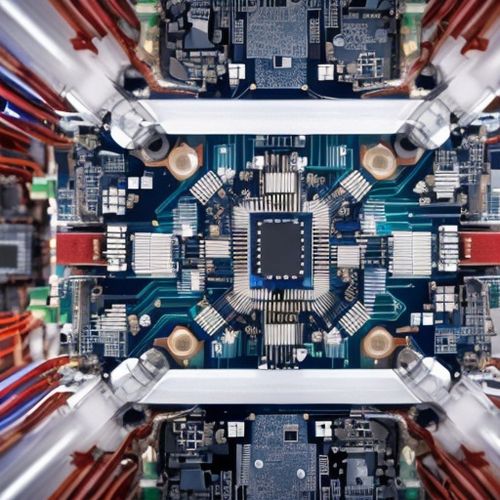
By Michael Brown/Apr 5, 2025

By George Bailey/Apr 5, 2025